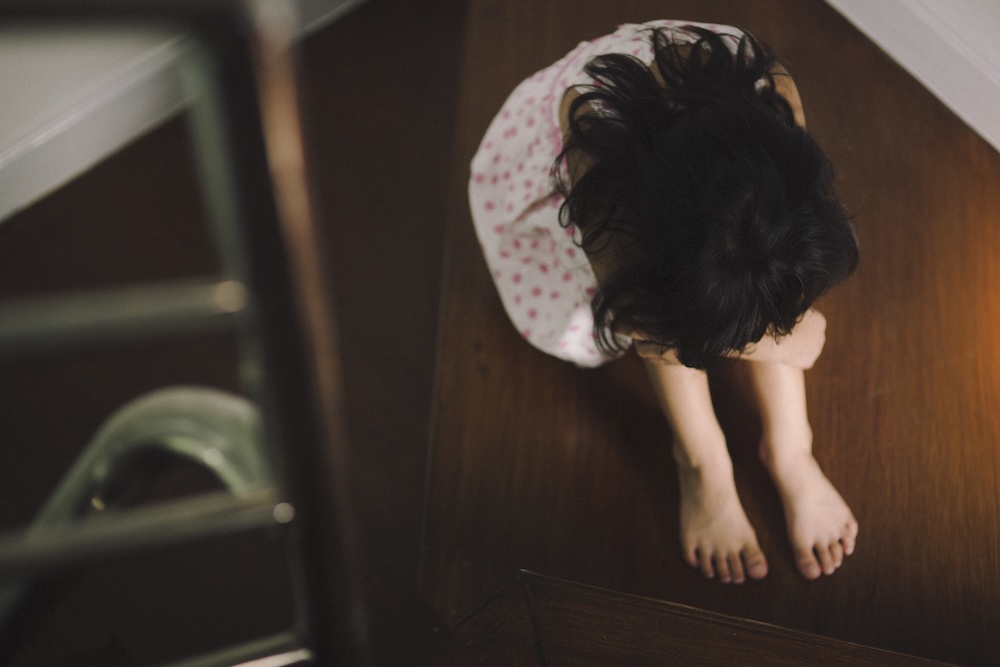
There are many misconceptions of what LVU is. LVU is a Swedish law that allows social services to take children and young people under the age of 21 into care without the consent of the guardians or the child themselves. This only applies when there’s a serious risk to the child’s health or development. LVU stands for The Care of Young Persons Act. The purpose of the law is to protect children and young people in situations where voluntary support measures aren’t enough.
When can LVU be used?
LVU can be applied in two main situations:
- Harmful home environment
When the child is at risk due to conditions at home, such as violence, substance abuse, mental illness, or neglect from the guardians. - The child’s own harmful behavior
When the child puts themselves in serious danger through substance abuse, criminal behavior, or other destructive actions.
Before using LVU, social services have to give information regarding what LVU is and offer the option of voluntary measures. These are measures where the family can actively take part in certain solutions to show that changes are being made to make sure the child is in a safe environment.
How the process works
- Investigation
Social services carry out an investigation under the Social Services Act. If they find that LVU may be necessary, they’ll gather information such as medical reports, school records, and interviews with the child and parents. - Emergency placement
In urgent situations, social services can place a child into care immediately. This decision is made by the social welfare committee or its chairperson. - Decision by the Administrative Court
The Administrative Court has to approve the care order under LVU. The guardians are assigned a legal representative. If the child is old enough, they’ll get a legal representative as well. The court then reviews whether the case meets the legal requirements.
What happens after a child is taken into care?
Many that wonder about what LVU is have concerns about what happens after a child is taken into care. When a child is taken into care, they’re placed in an emergency foster home, a long-term foster home, or a residential care home (HVB home). The goal is to provide a safe and supportive environment for the child to grow and thrive. If it’s safe, the child has the right to contact with the parents, even after being placed in care.
Social services will continue to follow up with the family after the child has been placed into care. They’ll assess if and when the child can return home. When there are no longer grounds for compulsory care, the LVU placement ends. LVU is applied to protect the child — not to punish the parents.
Do you need legal help?
We have several lawyers who can help you with this. Book an appointment if you have questions and need counseling, or email us to hire one of the lawyers. We recommend: Sofia Hollström, Samir Baraka, Aja Wadii
